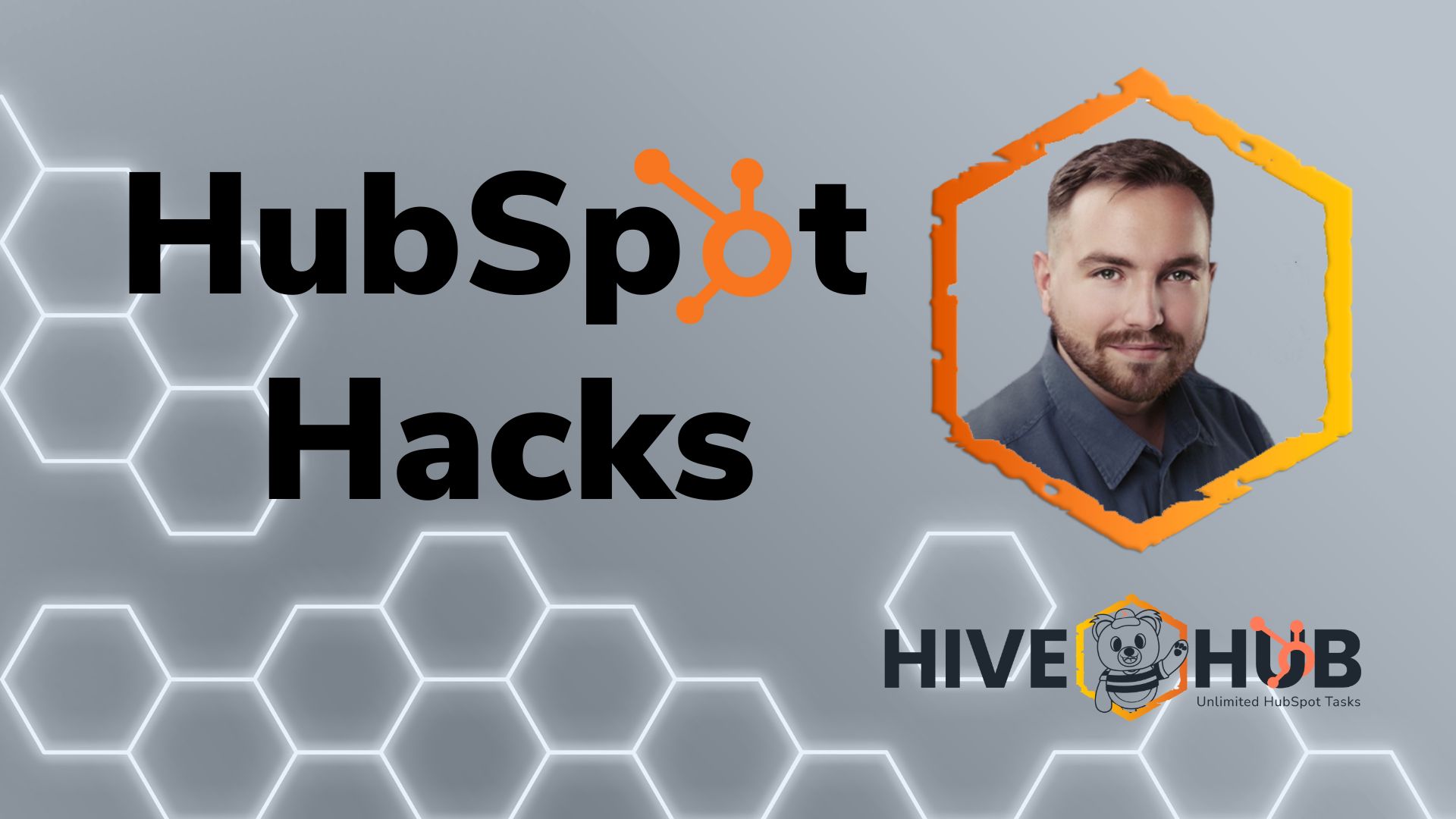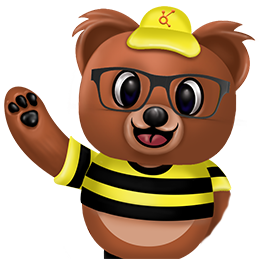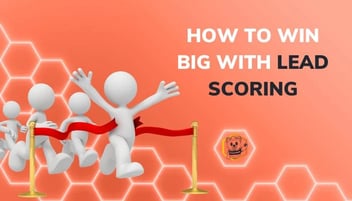![How to Create A HubSpot Call-to-Action [Speed to Lead Ep. 1]](https://blog.gohivehub.com/hubfs/HIVE%20Hub/HubSpot%20Hacks.jpg)
How to Create A HubSpot Call-to-Action [Speed to Lead Ep. 1]
Welcome to Speed to Lead, a series on how to engage with potential customers using HubSpot's powerful CRM tools. HubSpot can help support a lead in every step of their journey to becoming a loyal customer, and using its tools in tandem can help sales reps and business owners track and nurture these leads all along the way. In this episode, we'll learn how to create HubSpot calls-to-action and how to use them to power marketing efforts.
As part of an overall inbound marketing strategy, calls to action play an important part in the success of your campaign. It's how you get your audience to take a desired action, for example, click on a link, download a white paper, or get a free trial.
HubSpot CTAs are trackable buttons that allow users to manage and analyze click behavior across their web pages, blog posts, and marketing collateral. Using CTAs is a helpful and easy way to track even more information about leads' behavior before they even enter the CRM. Click on the video below to get a step-by-step tutorial on how to create a HubSpot call-to-action.
Stay tuned for future episodes where we'll learn about using CTAs in alignment with forms, landing pages, and ads.

Transcription:
Hey, what's up you guys? My name is Mason Yarber from HIVE Strategy. And welcome to episode one of Speed to Lead. In this series, we're going to be walking through how to empower leads to enter their own information into your HubSpot portal and then what to do with that information once they're in there. So we're going to be covering all the steps of the sales process from A to Z, starting with a lead, putting in their information in.
Right. Obviously we can manually create contacts and companies in HubSpot, which is great, but that's not always what we want to do, especially if we're staying in line with inbound methodology, which is providing all the information that a lead would need in order for them to be enticed, to provide more information to get more out of your business. So one way that a lead can get into your HubSpot portal is through a simple call-to-action or CTA. So in HubSpot, CTAs are basically just buttons that have very trackable analytics, right? So we can see like clicks, interactions, views.
For CTAs in HubSpot, it's very simple. They're very customizable as well. We have this bright orange one here that I've created, but at the same time, you can create ones that have images or ones that are more in line with your own brand guidelines. The process of creating them is very simple.
Just click create a simple CTA and customize it. Make it look however you want it to. As we go over to next, this is where we label it. Basically, just call it whatever you want and then put where you want the button to actually take the lead once they click on it. Right, so we can link it to an external website, an internal HubSpot page, a meeting link, a file link, email address, phone number so you can set it up to actually call someone, just whatever you want to do.
I recommend creating a lot of different CTAs and placing them on your website in a few different places just so we can track everything that's coming into HubSpot and tracking exactly how people are finding and interacting with your content. For this one, I'll just leave it as hubspot.com as a demo. But I'm going to be going forward with creating a landing page in a form for your own use within the system. So if we click Save, we have the CTA ready to go. And then I'm going to take us over into a landing page demo so we can see what we can do with the CTA, like after it's been clicked.
So let's pretend that we have the CTA on a website, on a web page on your website, and then we direct it to a landing page with a form. Right? So this is a demo landing page that I've created for the purposes of this tutorial. This Biglytics is a fake company. It doesn't exist.
But let's pretend that we're using this as the landing page for CTA, right? If a lead clicks on a CTA on your website or through an ad, it takes them to this landing page where there's really nothing to do except give information. We don't want someone to take an action and then back out of it. So we just want this to be a place where someone can view the page, type in their information, and hopefully get something out of it. Like, for instance, on this page, we're looking at a form for a free ebook download, right?
If they fill out their information, they get an ebook, we get their information, and it's kind of an even trade. But this form looks pretty simple. We'll probably want some more information from the lead as we're kind of moving into the process of nurturing them as a customer, or a potential customer rather. So in episode two, we're going to be going through how to create a form in HubSpot and how to best use that form to empower meaningful interactions on a landing page that they've been taken to from a CTA. So stay tuned for episode two.
Looking forward to it. Thank you.

|
Why use a HubSpot Partner to help? Workflows can get complex. There are a lot of benefits to using a HubSpot Partner to set up automation processes. Expertise and Experience: HubSpot partners are certified professionals who possess extensive knowledge and experience in using the HubSpot platform. Customization and Personalization: A HubSpot partner can customize workflows to match your unique business requirements. Faster Implementation: HubSpot partners are well-versed in workflow creation and can efficiently implement automation processes. Cost-Effectiveness: While there may be an upfront investment in hiring a HubSpot partner, their expertise can save you valuable time and resources in the long run. By avoiding trial and error, you can ensure that your workflows are well-designed from the start, leading to improved efficiency, better customer experiences, and a higher return on investment. Contact us to learn more about how using a fractional HubSpot admin service like HIVE Hub can benefit your organization. |





![How to Create HubSpot Forms [Speed to Lead Ep. 2]](https://blog.gohivehub.com/hs-fs/hubfs/HIVE%20Hub/HubSpot%20Hacks.jpg?width=352&name=HubSpot%20Hacks.jpg)

